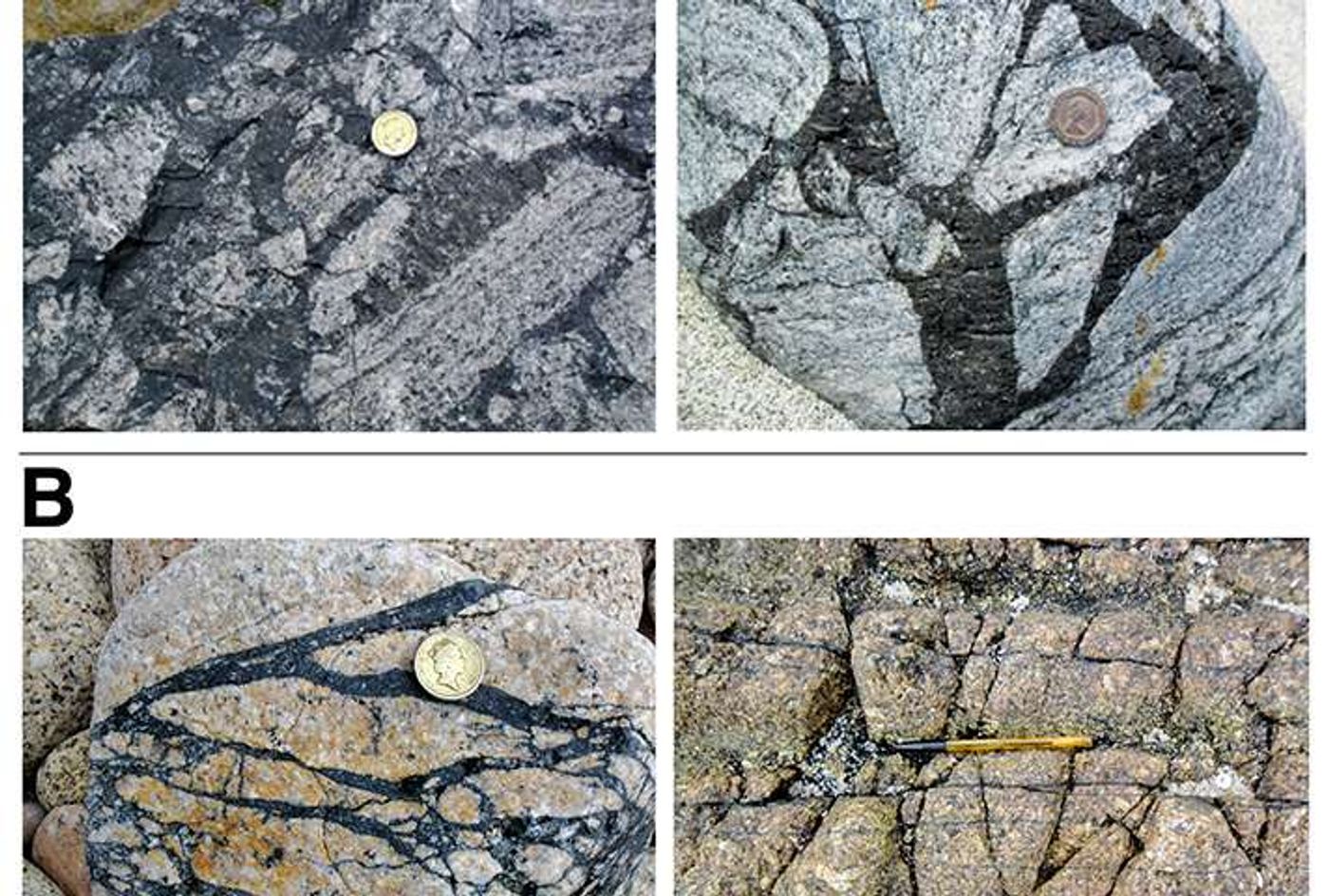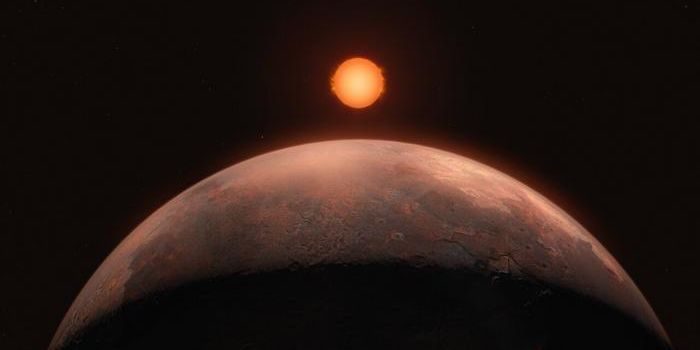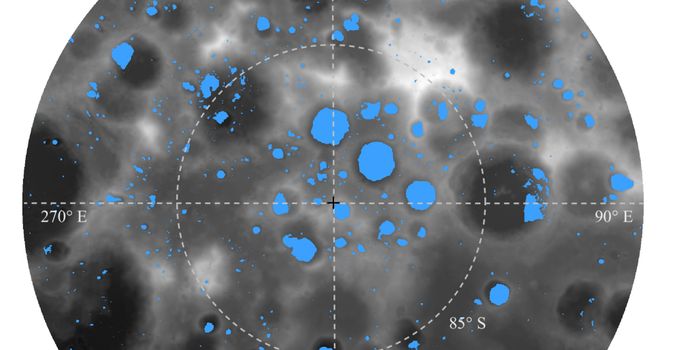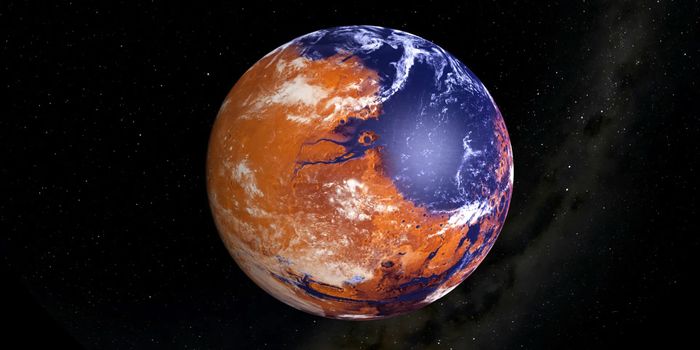Does Seismic Hydrogen on Mars Make it More Habitable?
Whenever there’s an Earthquake on Earth, the rocks that make up the ground grind against one another through the harsh vibrations. This seismic process has been documented to create vast amounts of hydrogen that then get trapped inside of the rocks.
In a study published in Astrobiology, scientists sampled rocks from the Outer Hebrides, off of the coast of Scotland, where active fault lines often generate earthquakes and allow the rocks to rub against one another, forming molecular hydrogen in the process.

Image Credit: University of Aberdeen
It was found that the amounts of hydrogen may be plentiful enough to support certain kinds of bacterial life just below the surface of the planet. Those same scientists believe that similar activity probably occurs on Mars when Marsquakes happen, making for a potentially habitable environment for certain forms of microbes, even if it was only for a short period of time.
“Previous work has suggested that hydrogen is produced during earthquakes when rocks fracture and grind together. Our measurements suggest that enough hydrogen is produced to support the growth of microorganisms around active faults,” said study lead author and Yale geologist Sean McMahon.
Although Marsquakes aren’t particularly common, they still occur from time to time. No current rovers on Mars are sampling seismic regions of the red planet to test for the existence of hydrogen, so the theory goes very much untested at this point in time.
“Mars is not very seismically active, but our work shows that ‘Marsquakes’ could produce enough hydrogen to support small populations of microorganisms, at least for short periods of time,” McMahon continued.
“This is just one part of the emerging picture of the habitability of the Martian subsurface, where other sources of energy for life may also be available. The best way to find evidence of life on Mars may be to examine rocks and minerals that formed deep underground around faults and fractures, which were later brought to the surface by erosion.”
Although no rovers are sampling seismic rocks for hydrogen on Mars right now, that could all change in the future. NASA’s upcoming InSight mission, scheduled to initiate in 2018, might provide more clues about whether or not seismic activity on Mars produces hydrogen in large quantities like it does here on Earth.
If it turns out seismic activity on Mars produces hydrogen like it does here on Earth, this could be a game-changer in our understanding of life on other planets.
Source: YaleNews, Phys.org








